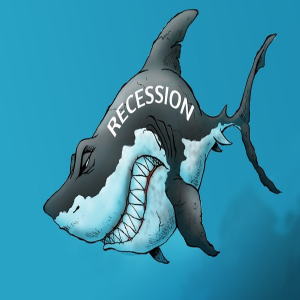As rare sawfish mysteriously die in the Florida Keys, an unprecedented rescue begins
Published in News & Features
Biologists will launch a first-of-its-kind rescue mission in the Florida Keys to rescue sick and endangered smalltooth sawfish. Sawfish, like the one tagged here by state researchers in 2008, were the first marine fish species to be given federal protections in 2003.[ Courtesy of the Florida Fish and Wildlife Conservation Commission ] As of Thursday, the die-off has killed 28 endangered sawfish and responders have logged more than 360 reports to the fish kill hotline, according to the latest Florida Fish and Wildlife Conservation Commission data.
What’s causing the deaths is a mystery. State animal necropsies to date have shown no signs of pathogens or bacteria, though sawfish tissue continues to be tested. Water oxygen levels, salt content and temperature are not currently suspected to be the cause, either. And wildlife experts haven’t found any toxins produced by red tide blooms.
State wildlife biologists have sent 52 fish and a dozen sawfish samples to the University of South Alabama for further study.
“It’s frustrating, not knowing what we can do to help the situation,” said Adam Brame, the sawfish recovery coordinator for the National Marine Fisheries Services. Brame is leading the first-of-its-kind rescue operation in the Keys. “This is an unprecedented event, and to some degree, it’s an unprecedented response.”
Tracking down sick mammals like whales and dolphins comes with a built-in hint: The animals have to come up for air. But sawfish have gills, so no surfacing is required. That makes spotting and moving them especially tricky, and it might not be as simple as bringing a sick sawfish onto a boat and relocating it, Brame said.
Depending on the situation, researchers may have to put the animals in a sling, or perhaps tow them in a vessel, Brame said. A lot of details are still being worked out, and each recovery will largely depend on the animal’s location, condition and a slew of other factors.
Another big question mark right now is funding. Wiley’s role in the operation is to lock in money so that responders can eat, sleep and travel in the Keys during their recovery efforts. A dream number for the operation would, for now, be around $250,000, she said.
In Sarasota, Mote Marine Laboratory & Aquarium stands ready as one of three facilities that will take in sick sawfish captured in the wild. The duration of the stay for sawfish at Mote and other rehabs depends on how sick each fish might be. The other two facilities that could house sawfish are Ripley’s Aquariums and Marathon-based Dynasty Marine Associates Inc.
“We are eager to aid in the effort to help this endangered species, and we will do everything we can to prioritize the well-being of sawfish,” said Kathryn Flowers, Mote’s lead scientist for the sawfish initiative. “Attempts to solve this mystery call for robust collaboration.”
If you’d like to help the sawfish research or rescue efforts, you can donate to the cause by visiting sawfishrecovery.org.
_____
©2024 Tampa Bay Times. Visit at tampabay.com. Distributed by Tribune Content Agency, LLC.






Comments